Tianlongshan Grottoes
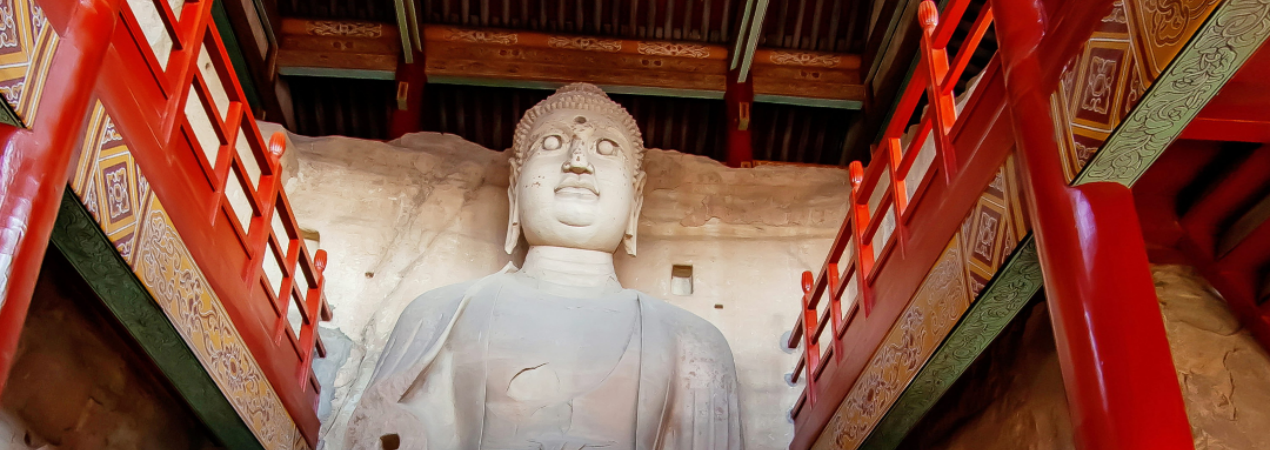
The s are on Tianlong Mountain. It’s 40 km southwest of Taiyuan’s Jinzhong District. The grottoes were first dug in the Northern Dynasties’ Eastern Wei period. Later, in the Northern Qi, Sui, and Tang dynasties, people kept expanding the Tianlongshan Grottoes. That’s how the Tianlongshan Grottoes became the size they are now. After hundreds of years and many dynasties, they turned into key physical proof to help study old Chinese history and how Buddhism developed.
- Chinese name:天龙山石窟 Tiān Lóng Shān Shí Kū
- Recommended Duration: 2-3 hours
- Entrance Fee: RMB 50
-
Opening Hours: Peak season (April to October) : 8:30-17:00
Low season (November to March): 8:30-16:00 - Best time to visit: November to March
- Address: Tianlong Mountain, Jinyuan District, Taiyuan City, Shanxi Province
- How to get there: Take Y7 bus to the Tianlongshan Grottoes.
Highlights of Tianlongshan Grottoes
Cave 1
The Cave 1 stands at the grottoes' eastern edge. At the entrance, the remains of the roof edges show that this Northern Qi Dynasty cave is large. The front area, spanning 3.5 meters wide, points to past wooden parts like railings, brackets, and tiles. Workers carved a stone tablet on its upper right side. Inside, the square cave holds Buddha spaces. One niche sits at the back, others on the side walls. Each space once held a main sitting Buddha with two Bodhisattvas.
Cave 8
This is the Tianlongshan Grottoes' second largest cave. It is also the only one with a central pillar. And it is the only known site from the Sui Dynasty. Its three-section porch remains mostly whole. At the entrance, people once placed two guardian statues, one left, one right. A stone tablet still stands on the porch's right side. Workers carved it in Year 4 of the Sui Kaihuang reign (584 CE). It tells about the time when Northern Qi took over Northern Zhou. It describes the destruction of Buddhism then and its later rebirth under the Sui. The main chamber is square. Inside sits a square central pillar. Niches exist on the left, center, and right sides. A fourth niche is on the pillar itself. Each niche housed one seated Buddha figure and several attendants.
Cave 9
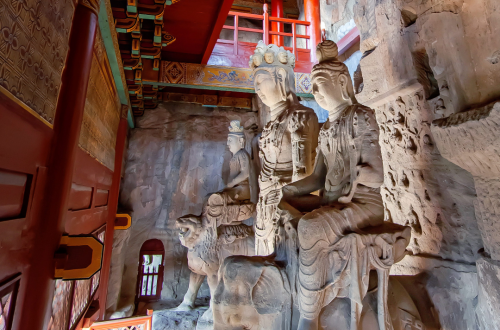 Three bodhisattva figures of Cave 9
Three bodhisattva figures of Cave 9Cave Nine is one of Tianlongshan Grottoes' best-kept caves. A big wooden tower outside guards the stone carvings. Inside are the biggest Tang Dynasty rock carvings at Tianlong. The cave has two levels of niches. Up top in the middle sits a large seated Maitreya Buddha. It stands 7.55 meters tall. Maitreya statues were often made at Tianlong. Below are three bodhisattva figures. The center features Eleven-Faced Guanyin standing, with Puxian Bodhisattva riding an elephant on the left and Wenshu Bodhisattva sitting on a lion on the right.
Cave 10
Cave 10 is a Northern Qi Buddhist cave next to Cave 9's big Buddha and its wooden structure. A passage connects it to Cave 9 on the east wall. The entrance porch sits above this passage. A large stone pillar remains on the porch's west side. Two guardian statues stand at the entrance. One is mostly well-preserved. This cave is also large. Inside, it measures about 3 meters long and wide. Carvings cover all four walls. Most main statues sit in niches on the back and side walls. Smaller figures of musicians and lions decorate the front of the lower stone platform.
Educational Value
Most of the early Buddhist sculptures in ancient China showed the influence of foreign cultures. Starting from the Tianlongshan Northern Qi Grottoes, Buddhist sculpture art gradually entered the process of sinicization and directly influenced the Buddhist sculptures of the Tang Dynasty. The Tianlongshan Northern Qi Grottoes are an important transitional stage. Here you can see the process of the gradual localization of Buddhist grottoes in China.
Activities to do at Tianlongshan Grottoes
Digital Restoration Exhibit: During wars, many Tianlong Mountain Buddha statues were stolen and sold. This damaged the statues. National experts used digital scanning to recreate images of the broken caves. They show these images in an exhibit. But note: the exhibit's location and dates change each time. If you wish to attend, check the official website for details.
Drop us a line and we'll connect you with the top China expert in no time!
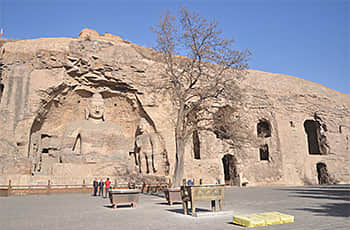 Yungang Grottoes
Yungang Grottoes 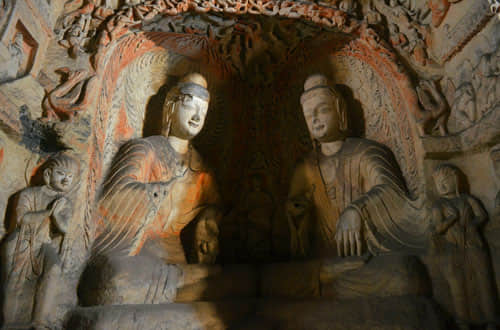 Buddhist Grottoes in China
Buddhist Grottoes in China 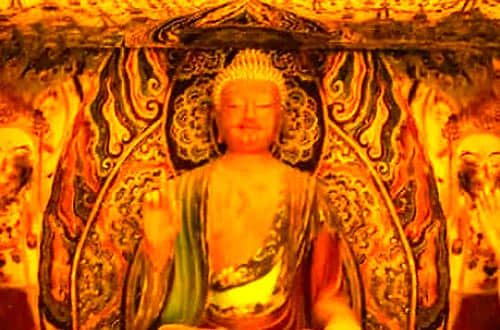 Mogao Caves
Mogao Caves 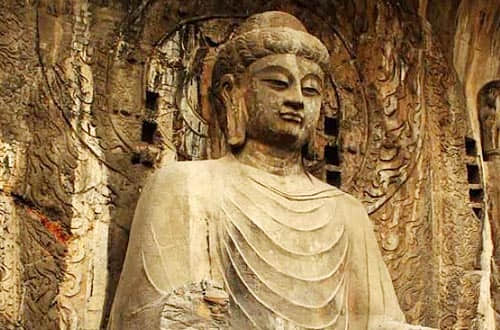 Longmen Grottoes
Longmen Grottoes 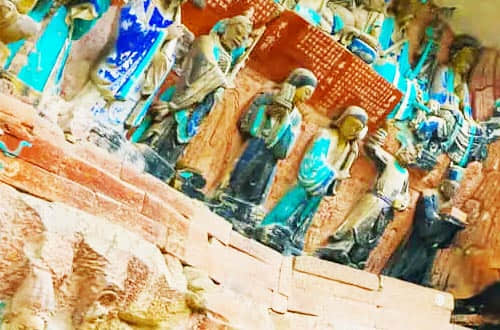 Dazu Rock Carvings
Dazu Rock Carvings 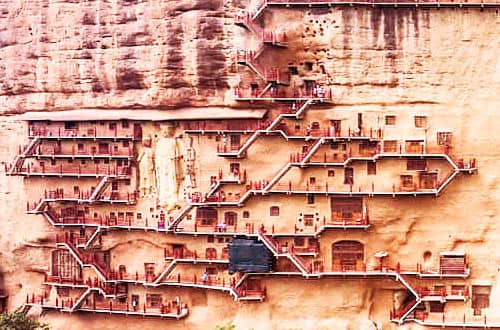 Maiji Mountain Grottoes
Maiji Mountain Grottoes